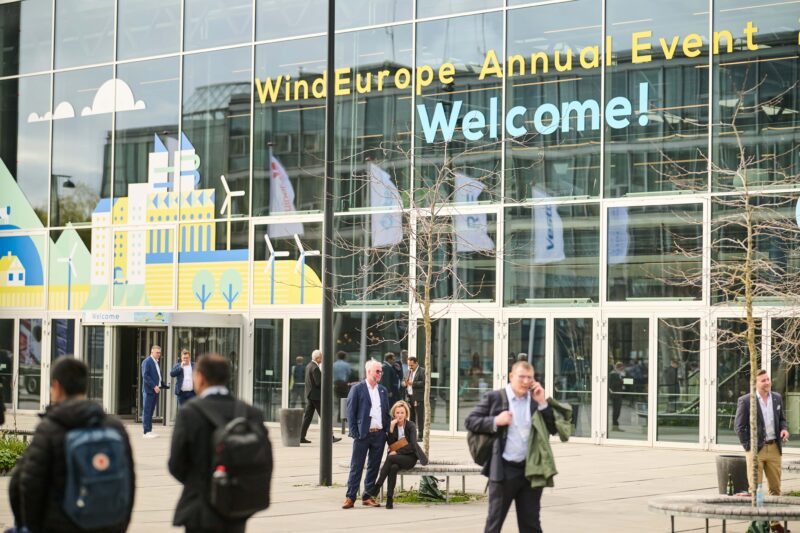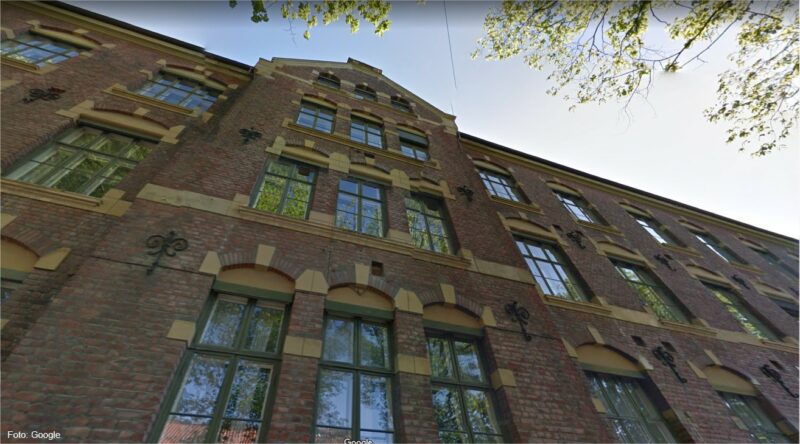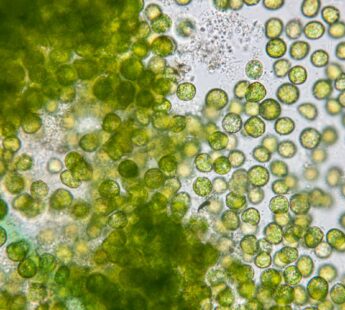News
Buildings
Energy storage
Photovoltaics
+3
New Technology for Green Energy Storage


The newly developed flow battery is based on a known vanadium technology, where one of the advantages is the possibility of scaling the effect and energy capacity independently of each other. Thus the battery can provide a high effect without a bulky space capacity, which makes it attractive for regular house owners.
The researcher group has recently received a substantial grant from the EU’s H2020 program and expects to have the first proof of concept on a new chemical technology ready within just a few years, making the flow batteries even more viable for the consumers.
- Our goal is to develop a whole new technology of the flow battery making it cost efficient to store green electricity in the grid, based on an innovative and environmentally friendly chemical design, Anders Bentien elaborates, Professor at Institute for Engineering Sciences at Aarhus University.
- Related news: Sunlight can be used to produce Chemicals and Energy
The development of the first generation flow battery is placed in the spinout company Visblue, owned by the researchers and Borean Innovation, who have invested in the project. According to Anders Bentien the battery will have a return on investment under 10 years for the individual owner.
- The general consumer with a PV system only uses around 25 % of the energy and sell the rest. Up to 50 % of the energy will be possible to extract with our vanadium instillation making the solar energy a better business. And the battery will be a moderate size. You could with a sufficiently large battery reach up to 100%, but this would not be profitable, Anders Bentien says.
Fact box - How the flow battery works
A vanadium-redox-flow (VRF) battery consists of two separated tanks, respectively with a positive and a negative electrolyte. Both electrolytes consist of the element vanadium dissolved in sulphuric acid, where the vanadium appear in various oxidation states.
In addition, the battery is supplied with a number of battery cells. These cells are each separated in two chambers by a membrane, which ions can penetrate. In each chamber there is a negative and positive electrode.
The two electrodes are pumped through cells on each side of the membrane. The stream from the solar cells is directed down in the cell’s electrodes, where they move electrons from the positive towards the negative electrolyte. This process charges the battery as the liquid flows back into the tank. When the battery discharges, the opposite process happens.
- Read more about Flow Batteries: Characterization of Vanadium Flow Battery
Source: Aarhus University















